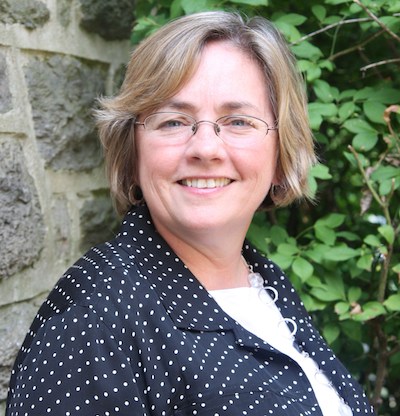 Around 90 percent of young people think there should be some governmental regulation and oversight for digital health apps, according to a Children's Hospital of Philadelphia survey of 3,000 consumers.
Around 90 percent of young people think there should be some governmental regulation and oversight for digital health apps, according to a Children's Hospital of Philadelphia survey of 3,000 consumers.
Linda Fleisher, a senior researcher at The Children's Hospital of Philadelphia's Center for Injury Research and Prevention, shared some findings from this survey at the mHealth Summit just outside of Washington DC this week.
"One of our interests was, how do consumers make choices about which apps to use?" Fleisher said. "We’re coming from a research perspective where we’re thinking about things from an evidence-based perspective, but do consumers think about it that way? And that’s really the underpinning of the survey that we ended up with."
Fleisher conducted the survey online and received 3,000 responses within 19 hours. While she explained there were some differences between the population in her survey sample and census data, the population they surveyed wasn't different in any major ways.
"What we found was an overwhelming majority are using mobile devices, looking for information on a mobile device," she said. "Things we were really interested in for the sample was their health information seeking behavior. And we found that 90 percent of them are using a computer or laptop to do some of their searches, so it’s not just mobile, it’s laptops and computers as well. About 71 percent were using their mobile device for search, and of those, 60 percent were looking at health apps."
Health apps that consumers were most interested in included those focused on diet, exercise, sleep tracking, and weight management. Fleisher also looked at how consumers felt about the source of the app's information.
"Somewhat surprisingly, because we all weren’t terribly excited about that, from a consumer’s perspective [getting information from the government was] important," she said. "And they would also look at an app or download an app that came from the government. That seemed to be a credible source to them for finding information."
Vanessa Mason, the senior manager for eHealth at consulting group ZeroDivide, also shared data at the conference. Mason conducted market research with the support of Kaiser Permanente Health Policy Institute to examine technology use and access among low income women of color.
"One of the big misconceptions that we’ve seen in our work is that people who have lower income aren’t using technology -- and that’s not true," Mason said. "Yes, they are not using it exactly the same magnitude as people that maybe have more sustainable incomes, but it is something that they’re looking toward and right now what’s available is not out there to serve them."
Mason found that these women are using and have regular access to technology, but the tools available to them were insufficient.
"There were some creative workarounds that they had employed so that they could do what they needed to do to stay healthy, but the bottom line is what’s currently out in the market is not serving these consumers," she said. "And so there’s an opportunity here for digital health startups to step in and actually serve a new market."
One workaround that the women in the focus group used was social media, Mason explains. Other tools outside of social media, the women said, have numerous log in screens and important information deeply hidden in menus, which makes the tools less easy to use.
"Our participants said 'I post information for people, my friends and family, on how I am looking for diabetes research or what I'm eating or what I'm doing,' and it's great because people 'like' it, they comment on it. That's their way, that's their workaround for getting around this issue of usability for what's currently available to them."
She added that the women wanted more personalized tools and more culturally competent tools that take into consideration lower literacy levels of people who speak different languages, but also of English speakers.
"The health literacy issue is not simply one just restricted to Latino populations," Mason said. "Health literacy is an issue in this country for native English speakers. It is a very, very costly problem that extends to everything from people not quite understanding what it means when you say 'take twice daily', to understanding how to set self management goals. This is something that’s a problem across language barriers. In general our healthcare delivery system does not cater to the working literacy level of most patients. Plain language and using more audio and video aids are something that will be more conducive to more positive health outcomes for everybody, regardless of whether or not they're what we consider underserved consumers."













